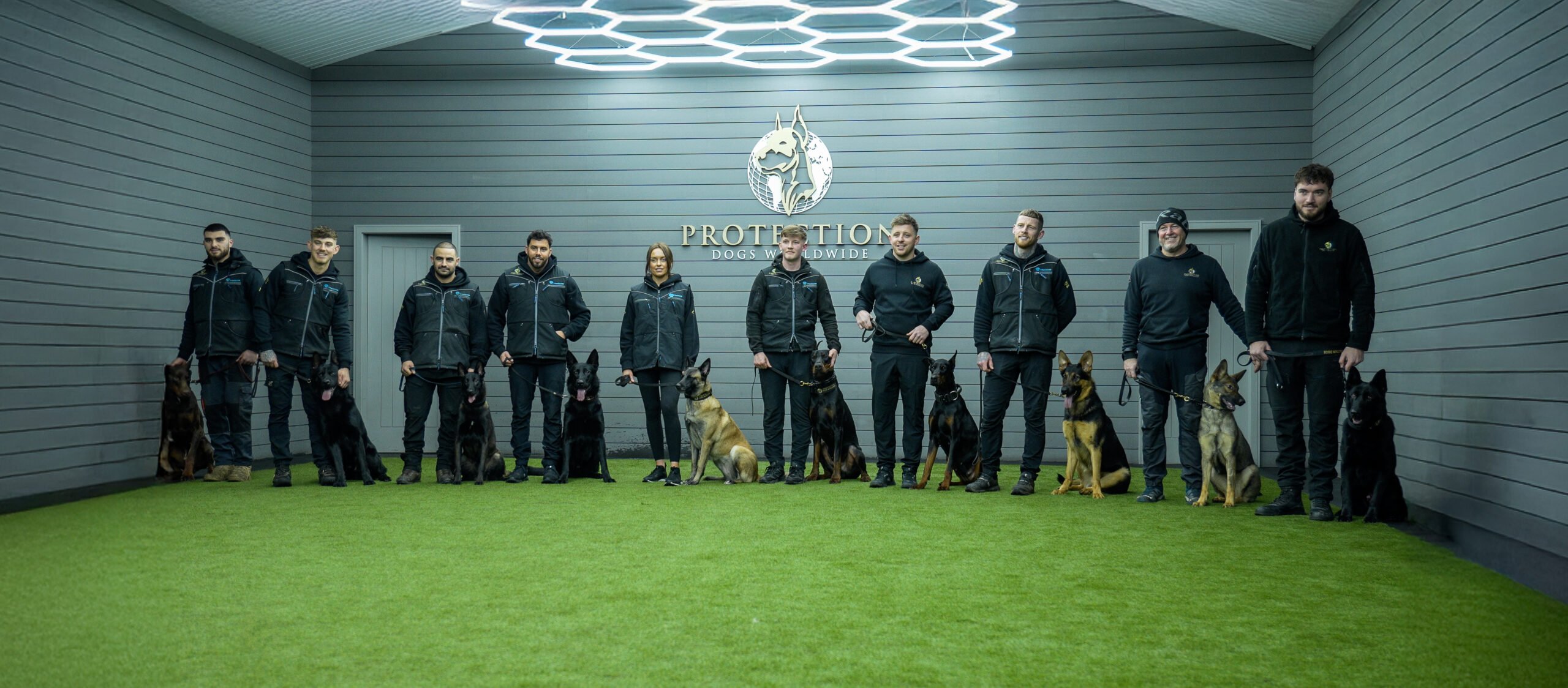21 April 2023
Catch dogs are large, powerful breeds which were developed and historically employed to hunt, work with livestock, and fight in blood sports such as bullbaiting. Catch dog are the descendants of the ancient Molosser dogs, so share a number of characteristics with mastiffs and other bully breeds. The American Bulldog, Cane Corso, Dogo Argentino, Presa Canario, and Fila Brasileiro are some of the best known and most popular catch dog breeds. Catch dogs are unique in how unlike so-called “bay dogs”, their primary role is to dispatch animals being hunted rather than contain them and indicate their location through loud howling and barking. Catch and bay dogs will often work together, but their roles and attributes are very distinct.
Catch dogs must have a strong prey drive, be brave to the point of near fearless, and highly intelligent. Their natural way of working is intellectually demanding, requiring them to make calculated decisions and cooperate with other dogs as well as their human handlers. In a way, this demonstrates problem solving abilities which – in and of itself – is indicative of superior intelligence levels. Given this, many catch dogs have all the attributes we require to train them as highly effective family and personal protection dogs.
In our experience, Cane Corsos generally make the best family and personal protection dogs. Compared to other types of catch dogs, it is easier to find well-bred Cane Corsos with the intelligence, boldness, and temperamental stability to use in security work. Given their tendency to form strong bonds with their owners, Cane Corsos can easily assimilate into family environments and thrive as a dual purpose pet and protector. The Dogo Argentino and Fila Brasileiro also have good potential, but are banned in a number of countries so less available.
As with any animal being kept as a pet, it is of paramount importance that owners remember what their catch dogs were bred and developed for. Catch dogs’ natural behaviours should be understood and never actively prevented. These include a tendency for loud barking, a strong interest in following scents, and a high prey drive. Appropriate enrichment should be tailored towards allowing a catch dog to express these kinds of behaviours, and we particularly recommend active and mentally engaging activities such as a flirt pole or tracking and outdoor scentwork. Obedience training is an absolute must, especially given how strong and powerful many catch dogs are.
For more information on training a catch dog as a personal or family protection dog, please email info@protectiondogsworldwide.com.
 English
English







